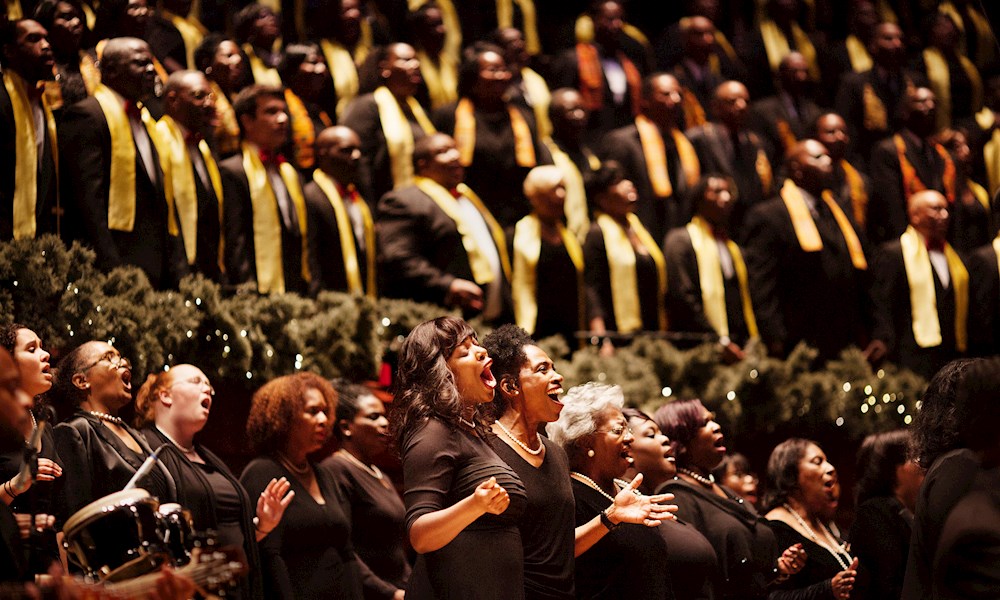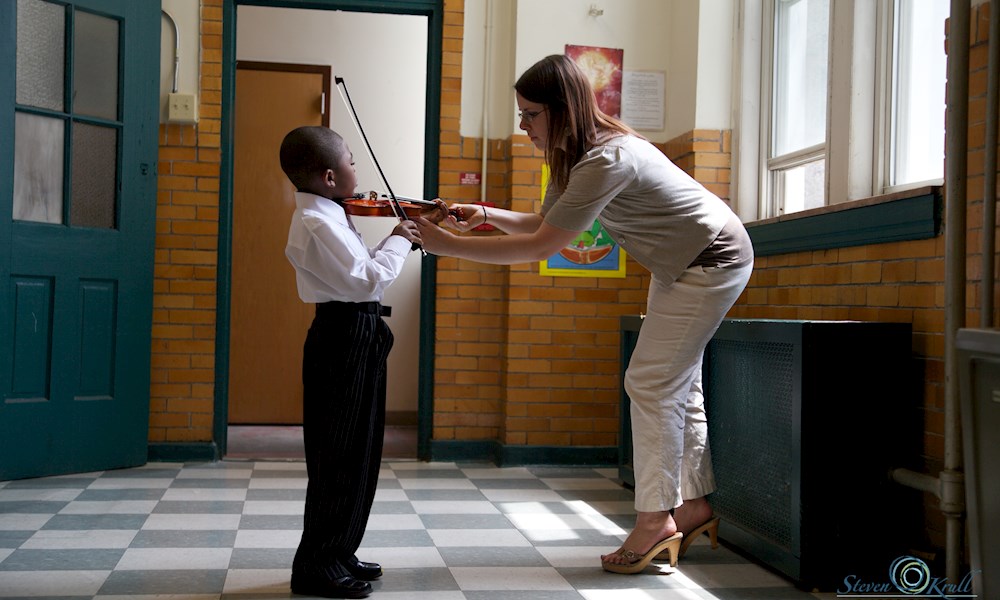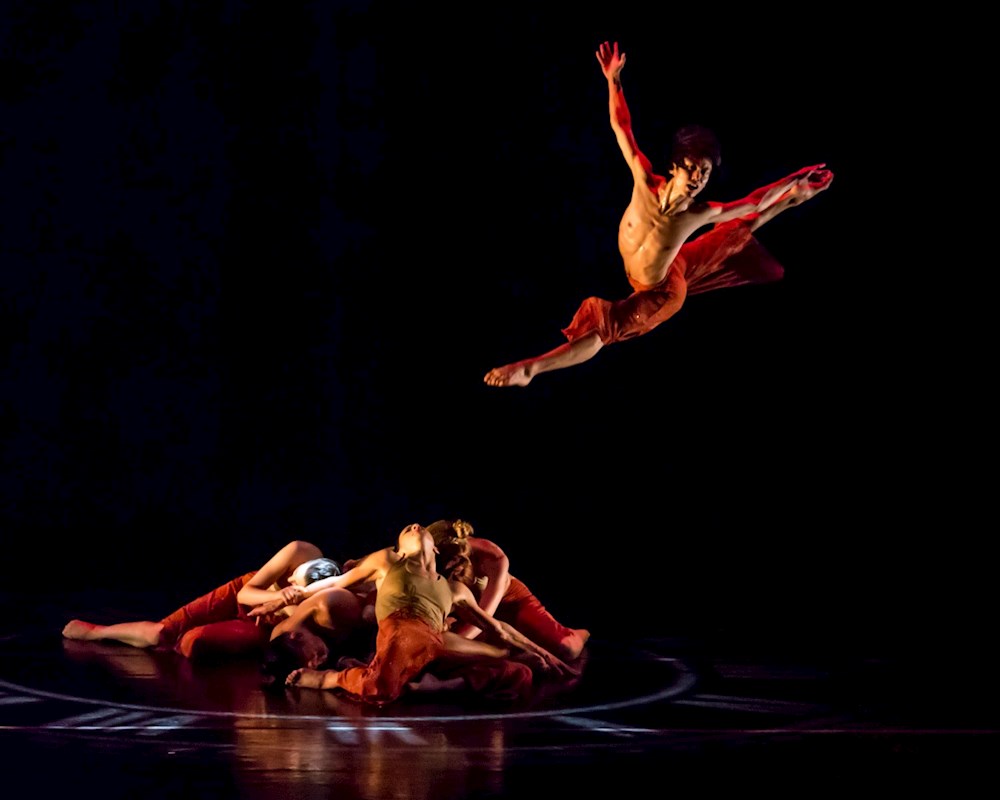- Sector Scan
Philadelphia Scores in the Top 1% on Measures of Economic Activity Driven by the Arts
- Posted Aug 23, 2023
5-minute read
In the ever-evolving landscape of American cities, Philadelphia has carved out a prominent niche as a hub of arts and culture. In 2022, this historical city proudly secured a place among the top 40 most arts-vibrant communities in the nation, solidifying its reputation as a crucible of creativity. Notably, Philadelphia’s commitment to nurturing its cultural workforce – as exemplified by its score in the top 1% on measurements of economic activity driven by the arts – stands as a testament to its dedication to fostering a vibrant and sustainable arts ecosystem.

The vibrant arts and culture scene in Philadelphia is deeply intertwined with its rich history and diverse population. As one of the oldest cities in the United States, Philadelphia boasts an unparalleled historical heritage, which has fostered an environment ripe for artistic expression and exploration. From the cobblestone streets of Old City to the many neighborhoods of West, South, and North Philly, the city's urban fabric is woven with galleries, studios, theaters, and cultural spaces that bear witness to its artistic vibrancy. Additionally, Philadelphia is home to more than 11,000 acres of public space, making the city ideal for festivals and site-specific works drawing visitors from all over as well as the city’s locals.
Philadelphia's success in nurturing its artistic community can be attributed to several factors. The city's dedication to public art and community engagement has played a pivotal role in its cultural vibrancy. Mural Arts Philadelphia, for instance, has transformed the city's urban landscape into an open-air gallery, showcasing the power of art to spark conversations, instill a sense of pride, and drive positive change within neighborhoods.
Another key element is the presence of numerous world-class institutions, such as the Philadelphia Museum of Art, the Pennsylvania Academy of the Fine Arts, and the Barnes Foundation as well as youth and neighborhood-based organizations like Taller Puertorriqueno, Philly Fringe Festival, and Play On Philly! These institutions provide artists with access to resources, exposure, and networking opportunities that are essential for their growth.

Contributing to its high score on overall economic activity driven by the arts is a variety of sub-measurements, including program revenue, contributed revenue, total expenses, and total compensation. Notably, Philadelphia also scores in the top 1% on measurements of compensation paid to its arts and cultural workforce which may offer some insight into it becoming a popular locale for working artists.
While anecdotal accounts suggest that artists are often drawn to Philadelphia for its relative affordability when compared to NYC, LA, or DC, the city isn’t without its unique set of issues. According to the Office of Community Empowerment and Opportunity, about 23% of Philadelphia residents live in poverty, despite seeing growth in population, jobs, and development over the last several years. Also noted is a lack of financial resources allocated specifically to Philadelphia-based artists, creating high competition for available opportunities.
Each year, artists and cultural organizations receive financial support from multiple government and private sources including the City of Philadelphia, the Philadelphia Cultural Fund, William Penn Foundation, Pew Charitable Trusts, along with a number of arts service organizations (ASOs) dedicated to various art forms and communities within the region, such as Art-Reach, Asian Arts Initiative, and CultureWorks. Their support became increasingly crucial at the onset of the COVID-19 pandemic.
The 5-county Philadelphia region saw a $2.33 billion total direct and indirect economic loss from the pandemic. In fiscal year 2019-20, arts and culture accounted for 58,679 Full-Time Equivalent (FTE) jobs. In 2021, its estimated that this number was nearly cut in half, to about 29,701 FTEs.

Today, the arts and culture industry continues to be adversely affected by the pandemic. In 2022, local arts organizations reported a persistent 34% decline in revenue due to the pandemic, and the majority didn’t expect to return to pre-pandemic levels of activity until 2023 or later. Like many others across the world, arts and culture organizations of Philadelphia have adapted through innovative methods of engagement; finding new ways to connect, teach, and entertain as well as help address societal inequities that were heightened during the pandemic.
For most, this looked like pivoting to strategies that optimized digital presence, but several organizations suddenly found themselves taking on new initiatives that focused more on their immediate surroundings. Beginning in March 2020, Fill the Walls with Hope was an artist-led initiative that called upon other local artists to fill the empty streets with messages of hope, critical public health information, and calls for political reform. In short time, this collaborative effort evolved into key partnerships with the Village of Arts & Humanities and others to supply artwork that highlighted public health and safety messaging, naming and thanking the frontline care workers, and “imaging the world we want to come out of this into,” for local businesses, grocery stores, and at food drives across the city.
Later that year, the country was also bearing the weight of a highly contentious 2020 presidential election. During Count Every Vote demonstrations that aimed to re-instill confidence in the democratic process, the Bearded Ladies Cabaret Company’s new Beardmobile truck outfitted for socially-distanced performances and political action became an “asset with enormous potential.” Used as a protective shield and platform during the marches, the truck helped to amplify messages throughout the city and continues to expand mutual aid opportunities for the group.
Despite the incredible amount of fast-acting collaborative work, the effects of racial and geographic segregation within the city are apparent – its challenge will be to keep the spirit of collaboration alive and resist returning to familiar silos as the community moves forward.
Thank you to Kristen Vinh of Philadelphia Cultural Alliance and Caralyn Spector formerly of Philadelphia Cultural Fund for their thoughtful contributions to the making of this article.
ABOUT THE ARTS VIBRANCY INDEX
The Arts Vibrancy Index examines the level of supply, demand, and government support of the arts in more than 900 communities across the country. Accompanied by an interactive Arts Vibrancy Map that reveals the arts-vibrancy score of every county in the U.S., the Index lists, in alphabetical order, the 20 most arts-vibrant large cities, the 10 most arts-vibrant medium cities, and the 10 most arts-vibrant small cities. In this year’s Index, the first since 2020, four communities debut on the lists, and an additional five return after an absence of at least three years.



Comments
Leave yours below.